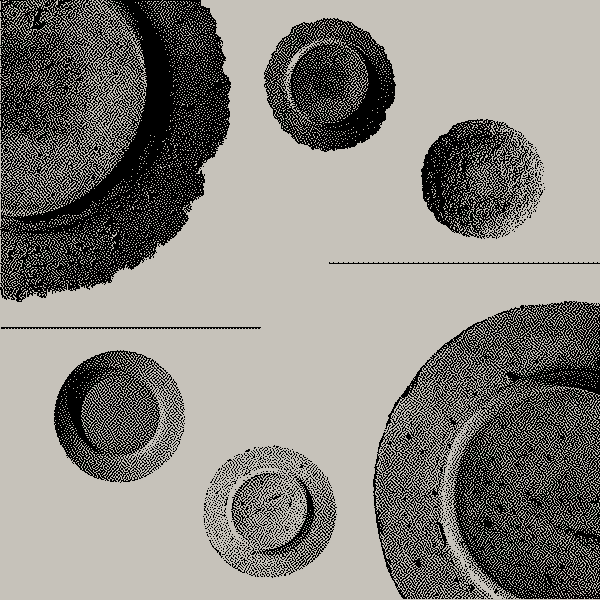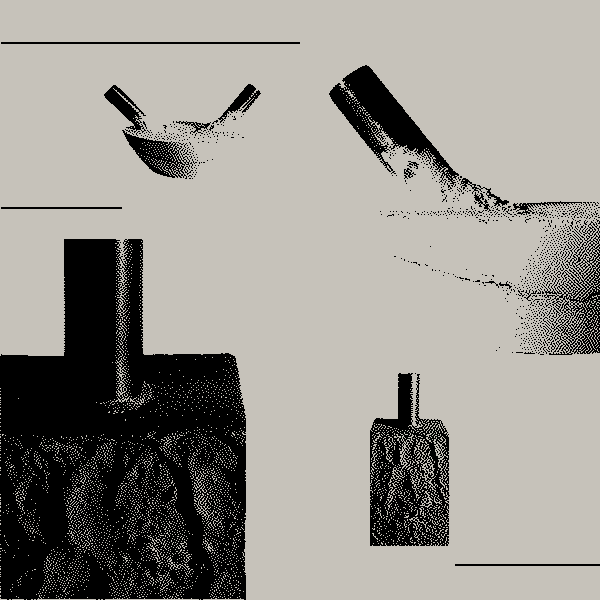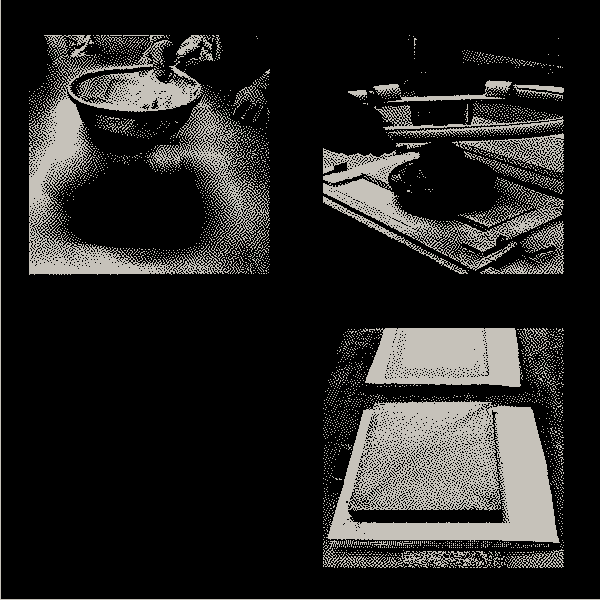Riediliti
New recycled concrete material
Description
Riediliti is an experimental project born with the aim of investigating the aesthetic potential of eco-friendly materials born from the reuse of construction waste. The object of the thesis in particular is the exhausted concrete derived from demolition which mixed with a small percentage of virgin cement, which allows to obtain a recycled concrete with a unique and characteristic texture, usable for the creation of tiles, coverings and furnishing accessories.
Riediliti was therefore born to experiment and enhance reused building materials in the design field. In fact, recovered concrete in Italy today is mainly used for filling, road and railway foundations, foundations for buildings and to form other concrete to be used for secondary purposes. In all these areas, recycled concrete therefore remains “hidden”, as does its aesthetic and decorative potential.
In recent years in the world of design there has been an increasing use of virgin concrete as a material for the creation of furniture and accessories. Following this trend, the idea is therefore to extract recycled concrete from road foundations to insert it into a different context, that of interior design, where it can show its hitherto unexplored sensorial characteristics. The main objective was therefore to give a new nobility to recycled concrete, going beyond its traditional use as a filling material or road base. For this reason, during the research process, it was essential to analyze and understand all the laws that regulate inert waste, ensuring that each phase of the design and construction process respected environmental regulations. This analysis helped establish a clear regulatory framework, guiding design decisions and ensuring the sustainability of the route. Experimentation, central to this work, was combined with an in-depth study of the material and its potential. The testing phases allowed us to explore the characteristics of recycled concrete, its reactions to different conditions and how it can be shaped to create new functional products. Every result and every response obtained during this phase helped refine the creative process.
The material was used for the experimental creation of sculptural objects such as containers and vases, up to the design of a line of functional tiles. These tiles embody an innovative and conscious vision of design, highlighting how recycled building materials can become key elements in the creation of contemporary environments. Ultimately, this thesis has demonstrated that the reuse of inert waste in design, through the creative use of recycled concrete, can not only help reduce environmental impact, but also offer new functional and sustainable aesthetic solutions.




